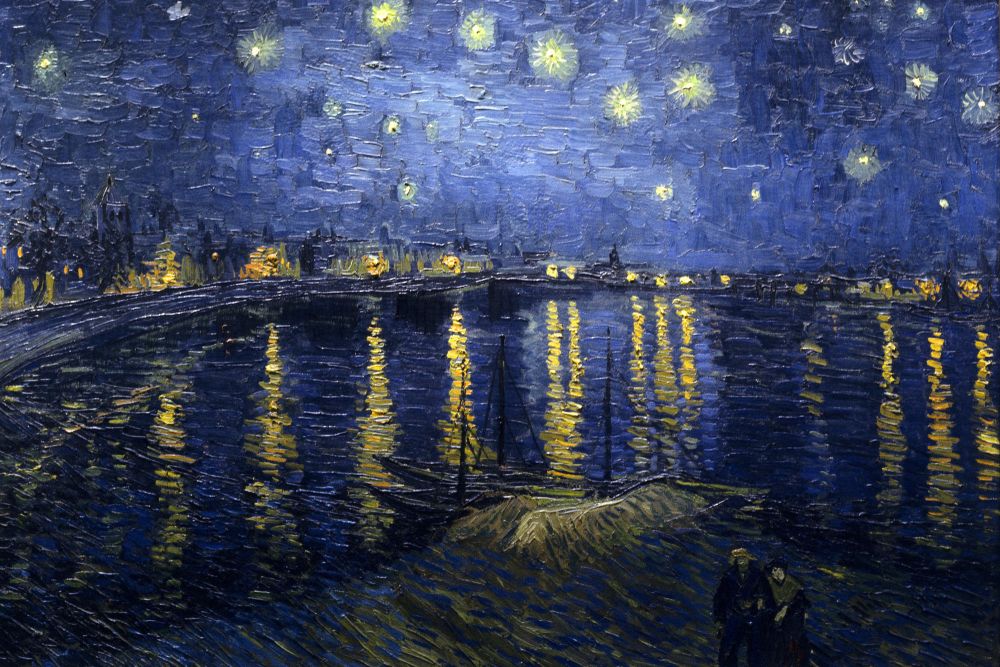
Transcending Patterns
sketch

We develop Pattern Languages , not for their own sake, but because we wish to develop our capacity to live well within complex environments. Pattern language is a tool which can help us map these environments, trace the flows within them, and develop shared understanding of these in community. But the languages are not where we want to live - if the languages are useful, it is as a learning and a practice that connects our unconsciousness - the most capable and flexible tool for engaging with complexity known to us - with our reality.
eee
It is all too easy to see a pattern language as a composable set of jigsaw pieces; 'we'll have one of these, and two of those, joined up to these three, and that'll be amazing!'.
To do this is to fall into a trap of seeing each pattern as a reductive machine or algorithm: do this process, get a good result. This has become the dominant paradigm of western culture, and there is no shame or surprise in finding that it is hard to step out of.
The purpose of the pattern language approach is to build a bridge between the types of complex system human culture invents all the time - the systems of civilisation - and the unmatched complexity navigation machine that is our unconscious, so that we can begin to delegate key aspects of our interaction with these systems to our unconscious, with reduced risk of cognitive bias subverting our intent.
In order to do this, we need, not just pattern language, but some conscious practices that help us understand and use this bridge.
Therefore:
eee
Living Pattern Languages are not the end of the story. A language is necssary, but not sufficient. Living systems are not composed of language, which is in the end only composable metaphor. Living systems consist of varieties of Melted Unity . Such realities cannot be built, but can only emerge from the interactions of things we can build. Here we are concerned with building a Pattern Language, but for that to be of any use, we must, alongside the presentation of the Language, communicate - and perhaps educate around - the notion of the Poetry of the Language